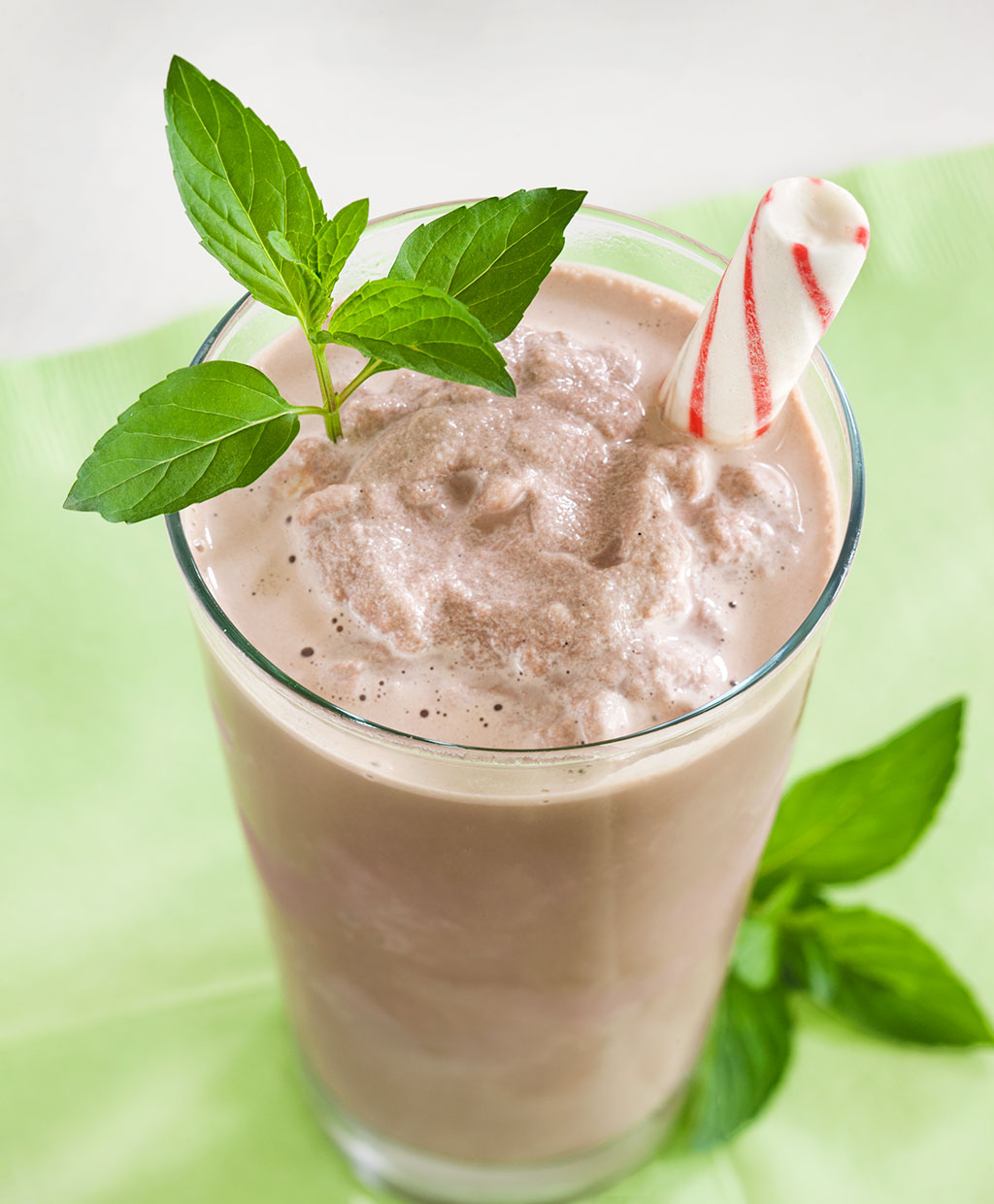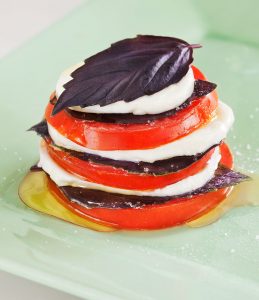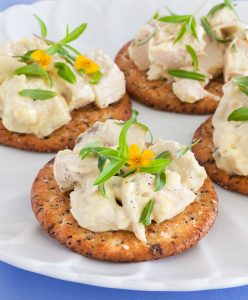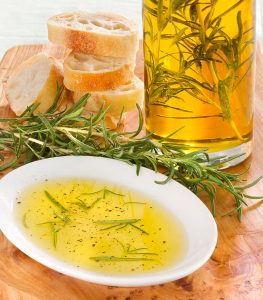

Many herbs are easy to grow, and this is definitely true for peppermint. Square stems tend to run rampantly over — and under — soil. In small garden spaces, it’s best to tuck peppermint into a pot to curtail its wandering ways. Peppermint thrives alongside water gardens or in damp spots in the yard, but will also survive in drier soil. Lushest growth occurs in moist soil in partial shade. Crush fresh leaves into water for a refreshing beverage, or add to iced tea. You can also dry leaves for flavouring dishes or beverages and making desserts like meringues, cookies, or cakes. Pick leaves frequently. Plants open lavender blooms in late summer. Tolerates light frost.
- Type Perennial in zones 3 to 11
- Planting time After last frost in spring or in fall (up to 2 to 3 weeks before first frost in cold zones)
- Features Green leaves with strong menthol flavour
- Light Full sun to part shade
- Soil Fertile, moist
- Spacing 18 to 24 inches
- Plant size 12 to 36 inches tall
- Garden use Herb gardens, beside water gardens, in low, wet spots, or in containers
- Culinary use Use leaves fresh, dried, or frozen in water
Light requirements Full sun to part shade. Protect plants from hot afternoon sun in southerly zones.
Planting Space 18 to 24 inches apart.
Soil requirements Nutrient-rich, moist soil is ideal, although mint grows in nearly any type of soil. Amend soil with organic matter, such as compost.
Water requirements Mint thrives in moist to slightly soggy soil. Consider planting mint near downspouts or in low, damp spots in your yard.
Frost-fighting plan Mint is perennial in zones 3 to 11. Plants tolerate light frosts, but eventually die back to the ground in all but the warmest zones. If you need plants to survive a light frost, cover them with a frost blanket. Protect newly planted seedlings from late spring frosts.
Common issues Mint can quickly overrun a planting bed, spreading by above- and underground stems. Keep it in check by planting in containers or beds bordered by sidewalk or driveway, or by planting in partially submerged pots in planting beds. Leaf flavor turns bitter when flower buds appear. Mint is generally pest-free.
Harvesting Pick mint leaves at any point in the growing season. For strongest flavor, harvest leaves at midday when essential oil concentrations are strongest. Gather individual leaves or clip leafy stems. Plants branch freely from just below where you snip stems, so place cuts to prune and shape plants.
Storage Store mint stems at room temperature in a water-filled jar; use within a week for freshest flavor. Stems root easily in water. For longer storage, dry or freeze leaves.



